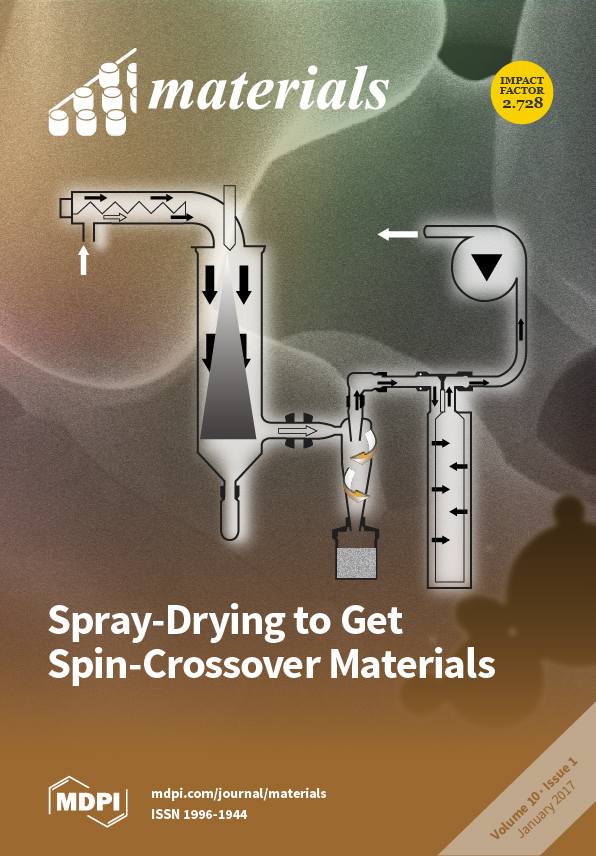Open AccessArticle
Laser Sintered Magnesium-Calcium Silicate/Poly-ε-Caprolactone Scaffold for Bone Tissue Engineering
by
Kuo-Yang Tsai 1,†, Hung-Yang Lin 2,3,†, Yi-Wen Chen 3,4, Cheng-Yao Lin 4, Tuan-Ti Hsu 4 and Chia-Tze Kao 5,6,*
1
Department of Oral and Maxillofacial Surgery, Changhua Christian Hospital, Changhua 500, Taiwan
2
Department of Oral and Maxillofacial Surgery, China Medical University Hospital, Taichung 40447, Taiwan
3
Graduate Institute of Biomedical Sciences, China Medical University, Taichung 40447, Taiwan
4
3D Printing Medical Research Center, China Medical University Hospital, China Medical University, Taichung 40447, Taiwan
5
School of Dentistry, Chung Shan Medical University, Taichung 40201, Taiwan
6
Department of Stomatology, Chung Shan Medical University Hospital, Taichung 40201, Taiwan
†
Both authors contributed equally to this work.
Cited by 66 | Viewed by 8166
Abstract
In this study, we manufacture and analyze bioactive magnesium–calcium silicate/poly-ε-caprolactone (Mg–CS/PCL) 3D scaffolds for bone tissue engineering. Mg–CS powder was incorporated into PCL, and we fabricated the 3D scaffolds using laser sintering technology. These scaffolds had high porosity and interconnected-design macropores and structures.
[...] Read more.
In this study, we manufacture and analyze bioactive magnesium–calcium silicate/poly-ε-caprolactone (Mg–CS/PCL) 3D scaffolds for bone tissue engineering. Mg–CS powder was incorporated into PCL, and we fabricated the 3D scaffolds using laser sintering technology. These scaffolds had high porosity and interconnected-design macropores and structures. As compared to pure PCL scaffolds without an Mg–CS powder, the hydrophilic properties and degradation rate are also improved. For scaffolds with more than 20% Mg–CS content, the specimens become completely covered by a dense bone-like apatite layer after soaking in simulated body fluid for 1 day. In vitro analyses were directed using human mesenchymal stem cells (hMSCs) on all scaffolds that were shown to be biocompatible and supported cell adhesion and proliferation. Increased focal adhesion kinase and promoted cell adhesion behavior were observed after an increase in Mg–CS content. In addition, the results indicate that the Mg–CS quantity in the composite is higher than 10%, and the quantity of cells and osteogenesis-related protein of hMSCs is stimulated by the Si ions released from the Mg–CS/PCL scaffolds when compared to PCL scaffolds. Our results proved that 3D Mg–CS/PCL scaffolds with such a specific ionic release and good degradability possessed the ability to promote osteogenetic differentiation of hMSCs, indicating that they might be promising biomaterials with potential for next-generation bone tissue engineering scaffolds.
Full article
►▼
Show Figures






